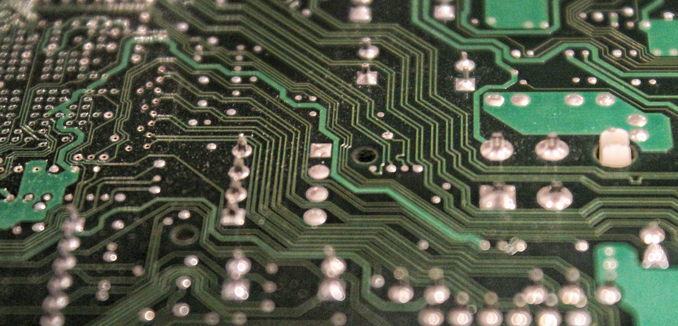Researchers have created technology that will enable our computers, text messages and phone calls to run 100 times faster through terahertz microchips.
Until now, the major challenges that stood in the way of creating the terahertz microchip were overheating and scalability. However, following three years of extensive research, Hebrew University of Jerusalem (HU) physicist Uriel Levy and his team have shown proof of concept using flash memory technology.
“This discovery could help fill the ‘THz gap’ and create new and more powerful wireless devices that could transmit data at significantly higher speeds than currently possible,” said Levy, head of HU’s Nano-Opto Group.
“In the world of high-tech advances, this is game-changing technology,” he added.
In a paper published in the journal Laser and Photonics Review, Levy and HU emeritus professor Joseph Shappir showed proof of concept for an optic technology that integrates the speed of optic communications with the reliability and manufacturing scalability of electronics.
Optic communications includes all technologies that use light to carry information through fiber-optic cables, such as the Internet, email, text messages, phone calls, the cloud and data centers, among others. These forms of communication can be extremely fast but become unreliable in microchips and difficult to replicate in large quantities.
By using a metal-oxide-nitride-oxide-silicon (MONOS) structure, Levy and his team have come up with a new integrated circuit that uses flash memory technology – the kind used in flash drives – in microchips.
“It will now be possible to manufacture any optical device with the precision and cost-effectiveness of flash technology,” said Meir Grajower, the leading HU PhD student on the project.
This technology, if successful, will enable standard 8-16 gigahertz computers to run 100 times faster and will bring all optical devices closer to the terahertz chip.
(via Israel21c)
[Photo: David Whelan / Flickr]




